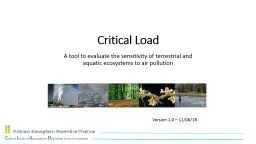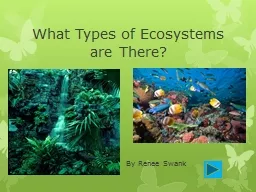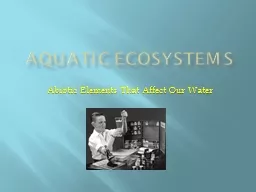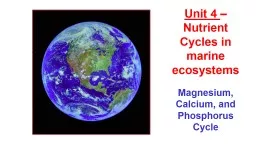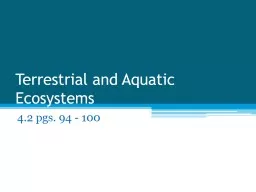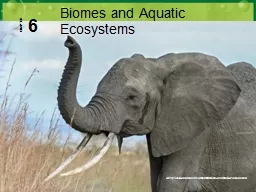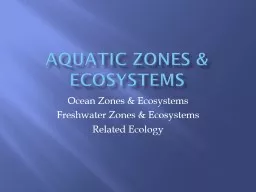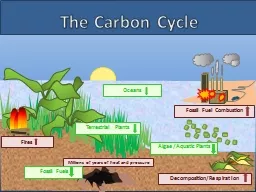PPT-Critical Load A tool to evaluate the sensitivity of terrestrial and aquatic ecosystems
Author : ava | Published Date : 2022-06-28
Version 10 110618 Source and Reference for Presentation This presentation was produced by the National Atmospheric Deposition NADPCritical Loads of Atmospheric
Presentation Embed Code
Download Presentation
Download Presentation The PPT/PDF document "Critical Load A tool to evaluate the sen..." is the property of its rightful owner. Permission is granted to download and print the materials on this website for personal, non-commercial use only, and to display it on your personal computer provided you do not modify the materials and that you retain all copyright notices contained in the materials. By downloading content from our website, you accept the terms of this agreement.
Critical Load A tool to evaluate the sensitivity of terrestrial and aquatic ecosystems: Transcript
Download Rules Of Document
"Critical Load A tool to evaluate the sensitivity of terrestrial and aquatic ecosystems"The content belongs to its owner. You may download and print it for personal use, without modification, and keep all copyright notices. By downloading, you agree to these terms.
Related Documents

